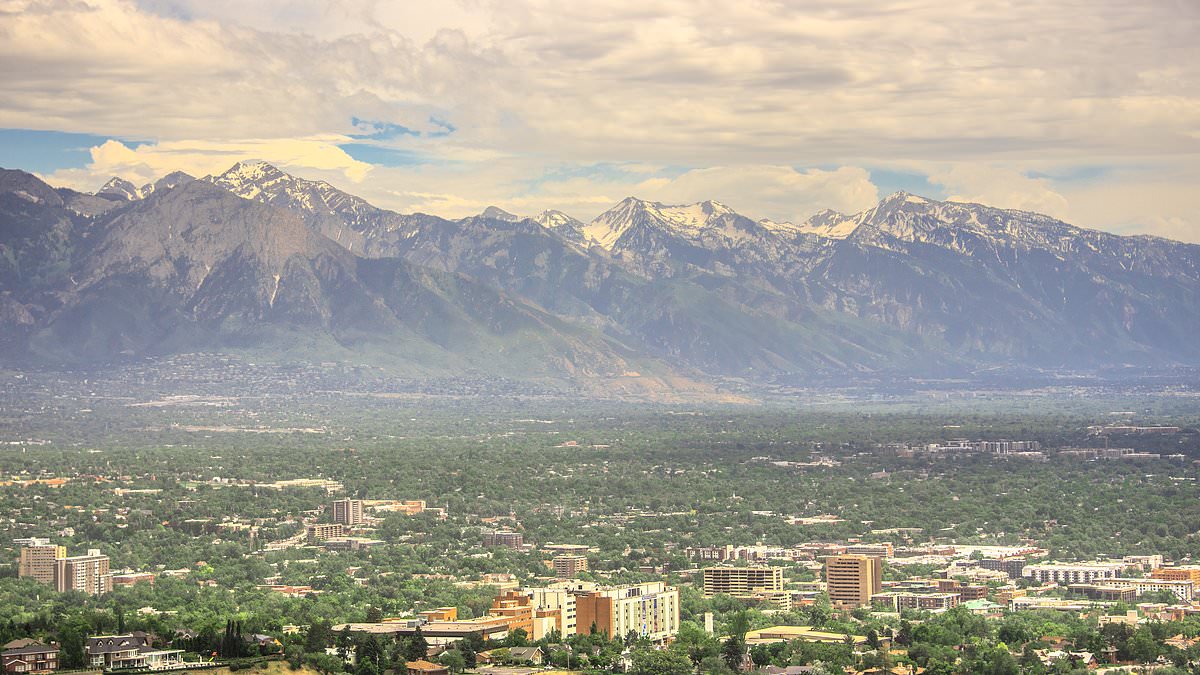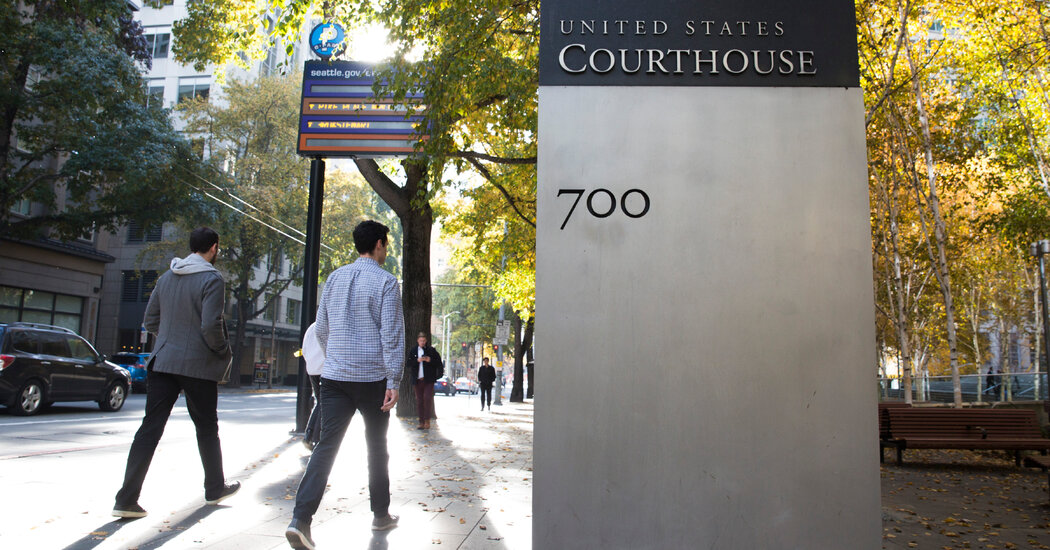Copyright dailymail

A sixteen-acre plot of land is set to be transformed into a facility to keep homeless people off the streets. Involuntary mental health and addiction facilities could soon be popping up on the outskirts of Salt Lake City, Utah, where state leaders plan on forcing homeless people to get them out of the city's center and 'towards human thriving.' 'An accountability center is involuntary, okay - you’re not coming in and out,' Randy Shumway, chairman of the state Homeless Services Board, told The New York Times. State officials have been tight-lipped about the 15.8-acre campus, where 1,300 unhoused people could stay, until its announcement last month. There are currently just under 4,000 homeless people in the area, and the state has seen an 18 percent jump in 2025. Roughly 80 percent of Utahns experiencing chronic homelessness can be found in Salt Lake City, and approximately half of the overall state homelessness population can be found there too. The other half is mainly found in Salt Lake County, according to KSL. Critics of the plan have compared the facility to a detention center - but supporters say it's a 'services campus'. 'This reads similar to rounding up Jews or other people the Nazis didn’t like,' Jesse Rabinowitz, of the National Homelessness Law Center, told The Times. Elizabeth Lowe, 36, who has been homeless in the city, said she wouldn't necessarily be opposed to going to the facility if she could freely leave. But upon seeing a rendering of the design, she remarked to the outlet: 'Okay, so straight up, this reminds me of a concentration camp.' Democrat State Senator, Jen Plumb, said the plan makes her 'super anxious' as the facility could easily begin functioning like a 'prison or a warehouse' rather than a treatment facility, she told The Times. But Republican Governor Spencer Cox is in full support of the plan. He called the plan 'one of the most significant steps forward in decades here in our state' at a homeless services conference earlier this month. 'This is more than a facility,' he promised. 'It is a statement of who we are as a state.' The facility is expected to open in 2027. The majority of the plans - including how the facility $34million annual operating costs will be fulfilled - have not been announced. It is also unclear what treatment plans will be offered and if patients will be able to leave freely. However, even if they can, the nearest bus station is currently two miles away. Randy Shumway, who was appointed by the governor to be an advisor on the plan, said the plan is to have 400 beds for psychiatric treatment and 400 for substance abuse treatment, he told The Times. It is unclear what the remaining 500 beds will be used for. He also told the outlet that police 'rescue teams' would be in charge of collecting the homeless people to come to the facility by offering them jailtime or coming to the 'resource-rich alternative.' 'Success is not permanent housing - success is human dignity,' he told The Times. 'We are in the business of lives, of humans, of souls.' Salt Lake city won't be the first city to force homeless people into a designated area. New Orleans did it before the Super Bowl, forcing 120 people to a warehouse for three months. Las Vegas is also building a $200million homeless campus in hopes of bolstering tourism back on the Strip. Utah previously followed a 'housing first' model, where permanent housing and voluntary treatment plans were offered. But it took extension time and was a slow-moving process. Salt Lake City's plan echoes similar sentiments as the Donald Trump Administration. President Trump issued an executive order in July that directs cities and states to clear homeless encampments and move people into treatment centers. Utah's plan was already in progress prior to the order. The president is having Attorney General Pam Bondi take charge in overturning state and federal legal precedents that limit local efforts to dismantle homeless camps – though it remains unclear how she can unilaterally overturn these decisions. In 2024, about 771,480 people were homeless in the US on a single night. This represented an 18 percent increase from the same statistic in 2023, according to the US Interagency Council on Homelessness. The US homeless population has grown nearly 60 percent in the last decade, federal data showed.



